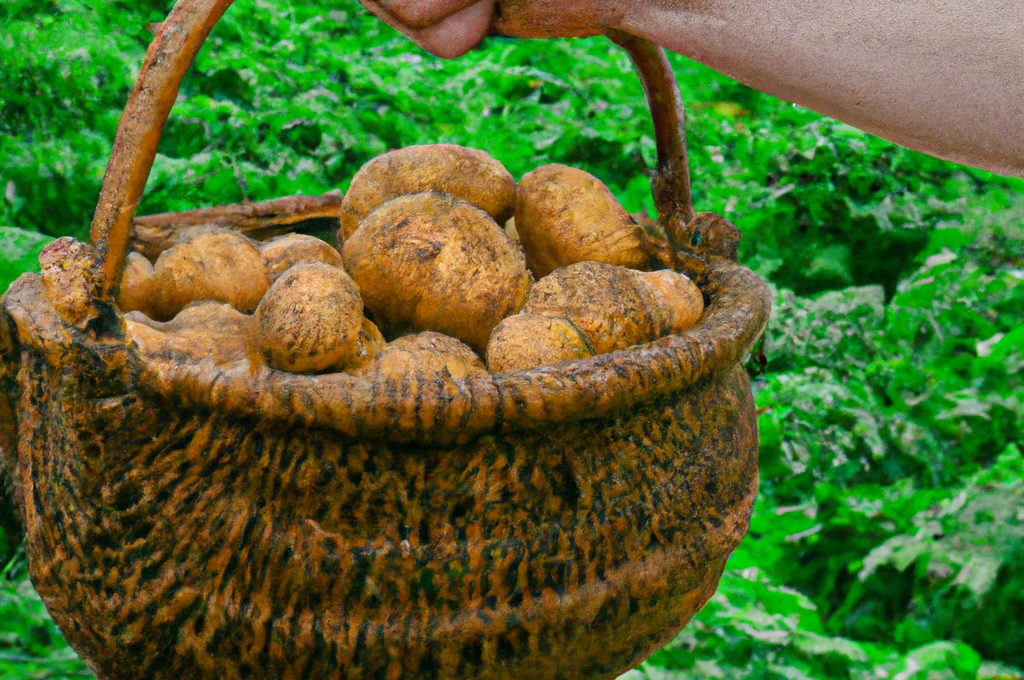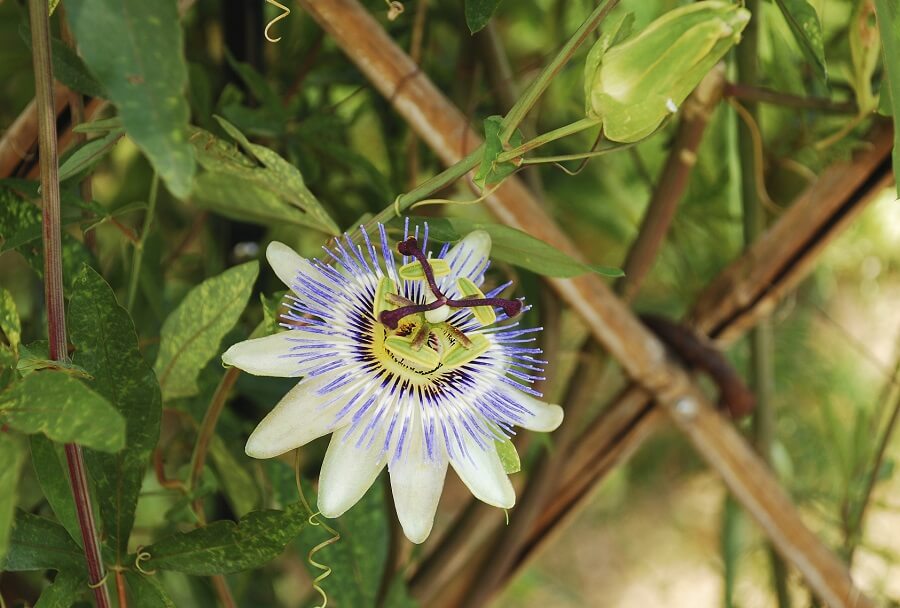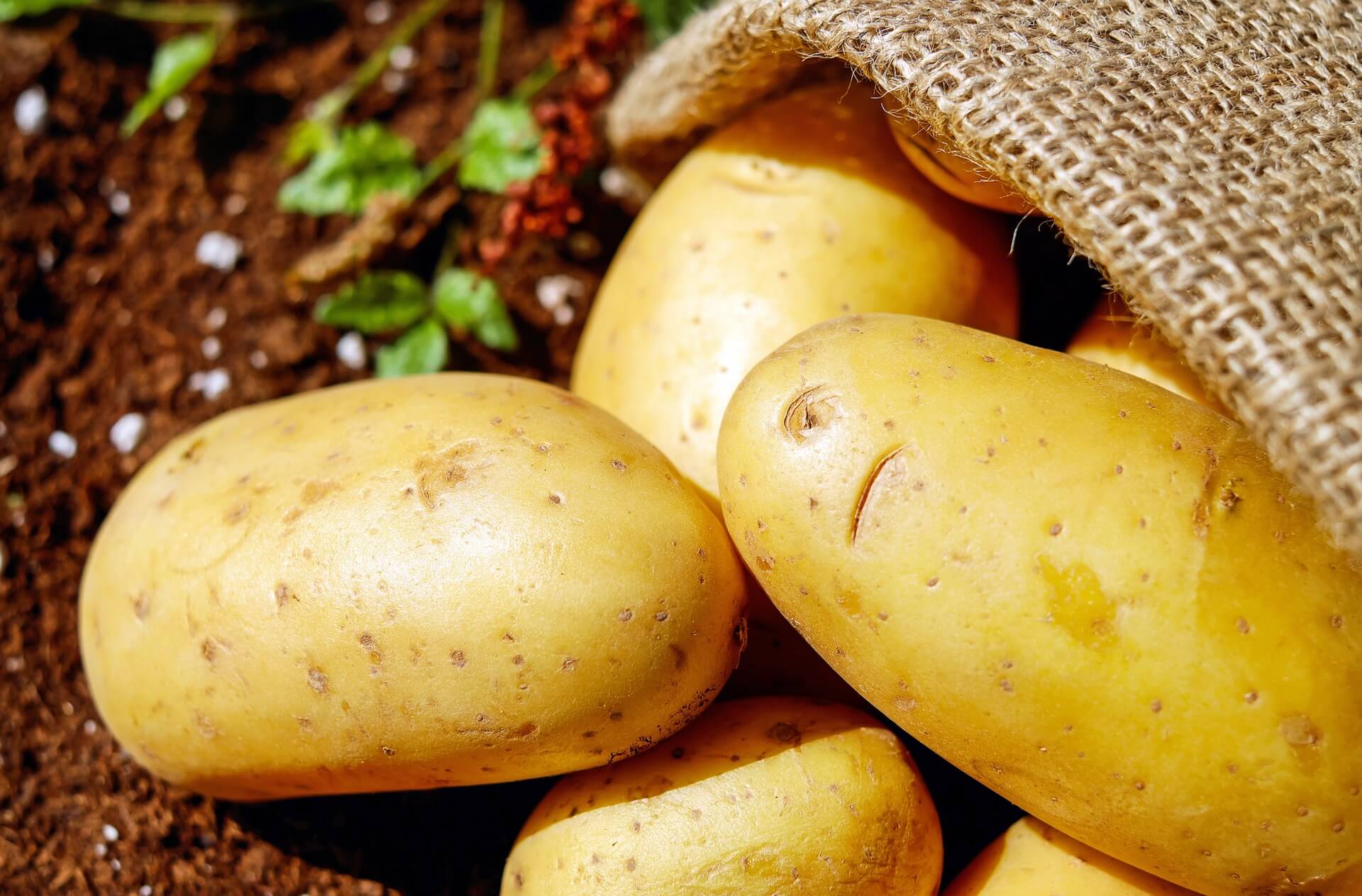Are you looking to maximize your potato plant yield? Whether you’re a seasoned gardener or a beginner, there are certain tips and tricks that can help you achieve a bountiful harvest. Potatoes are a staple food in many households, and growing your own can be both rewarding and cost-effective.
By following a few simple steps, you can increase your yield and enjoy delicious, homegrown potatoes.
First and foremost, it’s important to choose the right potato variety for your growing conditions. Some varieties produce more potatoes than others, so it’s important to do your research before planting.
Additionally, providing your potato plants with ample water and direct sunlight, loose soil that drains well, proper hilling, and potato-specific fertilizer can all contribute to a higher yield.
Finally, using certified seed potatoes and preparing them properly before planting can also help ensure a successful harvest. In this article, we’ll delve into these tips and tricks in more detail, so you can grow the best potatoes possible.
Quick Summary
- Choose the right potato variety for growing conditions
- Provide ample water and direct sunlight, loose soil, proper hilling, and potato-specific fertilizer for higher yield
- Use certified seed potatoes and proper preparation before planting
- Harvesting techniques and storage methods for maximum yield
Potato Varieties and Yield
If you want to maximize your potato plant yield, you should consider planting the correct variety of potato. Different varieties produce different amounts of potatoes, so it’s important to choose one that can give you the most yield.
For example, some varieties like Yukon Gold and Red Pontiac are known to produce more potatoes per plant than others.
Aside from choosing the right variety, you can also increase your yield by using proper harvesting techniques and storage methods. For harvesting, make sure to wait until the plants have died down and the leaves have turned yellow before harvesting. This allows the potatoes to fully mature and maximize their yield potential.
When it comes to storage, keep your potatoes in a cool and dark place to prevent sprouting and spoilage.
By following these tips and choosing the right potato variety, you can maximize your yield and enjoy a bountiful harvest.
What Are the Key Tips for Maximizing Potato Plant Yield When Watering?
Watering potatoes for abundant harvests requires some essential tips. First, ensure the soil is consistently moist, but not waterlogged, as excessive water can lead to rotting. Mulching around the plants can help retain moisture and control weeds. Additionally, water deeply and infrequently to encourage deep root growth. Keep an eye on weather conditions and water accordingly, aiming for about an inch of water per week. This way, you can maximize potato plant yield by providing optimal water conditions.
Growing Conditions for Maximum Yield
To get the most out of your potato harvest, it’s crucial to create the right growing conditions. This means selecting the appropriate potato variety and preparing the soil well.
Here are some tips to help you maximize your potato plant yield:
-
Soil preparation: Before planting, make sure to loosen the soil and add organic matter like compost or manure. This will improve drainage and provide the necessary nutrients for your potatoes to grow. Avoid compacted soil as it can hinder growth and result in smaller yields.
-
Watering techniques: Adequate water is crucial during the active tuber-growing stage. To ensure your plants are getting enough water, water deeply and consistently. Avoid overwatering as it can cause rot and disease. Mulching around your plants can also help retain moisture and prevent water evaporation.
By following these tips, you can create the ideal growing conditions for your potatoes and achieve a bountiful harvest. Remember to also provide ample sunlight and consider using potato-specific fertilizers to further boost crop production.
Choosing and Preparing Seed Potatoes
When choosing your seed potatoes, make sure to select certified varieties that are disease-free and suited to your specific growing conditions. Certified seed potatoes are recommended because they are guaranteed to be free of diseases that can stunt growth or even kill your potato plants. It is also important to consider the specific growing conditions of your garden, such as soil type and climate, when selecting your seed potatoes. This will ensure that you choose a variety that is well-suited for your garden and has the best chance of producing a high yield.
To prepare your seed potatoes for planting, it is important to store them correctly. Potatoes should be kept in a cool, dark, and dry place with good air circulation. Avoid storing them near fruits or vegetables that produce ethylene gas, such as apples or bananas, as this can cause your potatoes to sprout prematurely. Additionally, make sure to avoid common mistakes such as using old or damaged seed potatoes, planting them too early or too late in the season, and not properly cutting and curing your seed potatoes before planting. By following these tips and avoiding common mistakes, you can maximize your potato plant yield and enjoy a bountiful harvest.
| Common Mistakes to Avoid | Potato Storage Tips | |
|---|---|---|
| Using old or damaged seed potatoes | Store potatoes in a cool, dark, and dry place with good air circulation | |
| Planting too early or too late in the season | Avoid storing potatoes near fruits or vegetables that produce ethylene gas | |
| Not properly cutting and curing seed potatoes before planting | Check potatoes regularly for signs of sprouting or rotting | …and remove any that show these signs to prevent the spread of disease. |
Frequently Asked Questions
How long does it typically take for potatoes to grow from seed to harvest?
Potatoes usually take about 70-120 days to grow from seed to harvest. With proper seed planting techniques and optimal growing conditions, you can expect a bountiful harvest. Make sure to provide ample water and sunlight for the best results.
Are there any specific pests or diseases that commonly affect potato plants, and how can they be prevented or treated?
To prevent potato plant diseases, use certified seed potatoes and rotate crops every year. Treat pests like potato beetles by handpicking or using insecticidal soap. Practice good soil hygiene and avoid overwatering to avoid root rot.
Can potatoes be grown in containers or raised beds, or do they require a traditional garden plot?
Yes, potatoes can be grown in containers or raised beds. Container gardening allows for limited space and easy mobility, while raised bed options provide better drainage and soil quality. Both options require proper soil, water, and sunlight for optimal growth.
What are some common mistakes that new potato growers make, and how can they be avoided?
New potato growers often make common mistakes with soil preparation, such as using poor quality soil or not hilling properly. To avoid these mistakes, use loose, well-draining soil and ensure proper hilling to maximize yield.
Are there any specific cooking or storage tips that can help preserve the quality of harvested potatoes?
To preserve the quality of harvested potatoes, you can use cooking techniques like boiling, baking, or frying. For storage, keep them in a cool, dry, and dark place, away from onions and garlic. Check for any rotten ones regularly.









